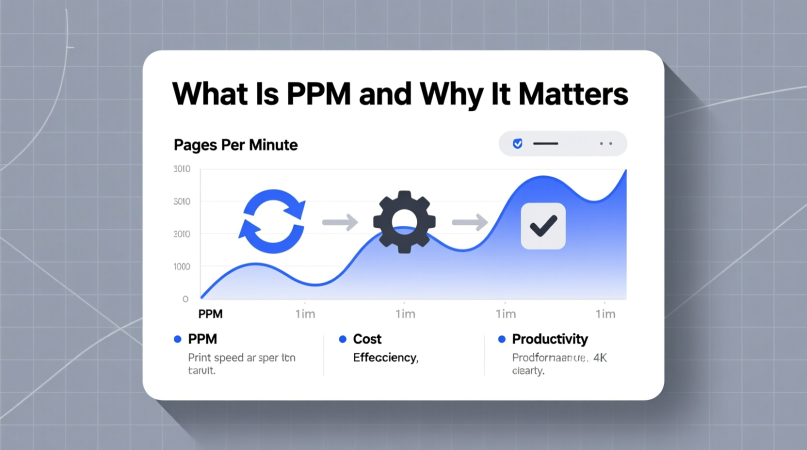
What Is Parts Per Million (PPM)? How Is It Calculated?
Parts per million, or PPM, is a fundamental unit of measurement used across science and industry to describe extremely small concentrations of substances within mixtures. Whether you’re testing water quality, measuring air pollutants, or analyzing trace chemicals in food products, understanding PPM is crucial for interpreting data correctly and making informed decisions.
In this comprehensive guide, we’ll explore what PPM means, why it matters, how to calculate it in different contexts, and practical examples to solidify your understanding.
Understanding Parts Per Million (PPM)
What Does PPM Mean?
PPM stands for parts per million, which quantifies how many parts of a substance are present in one million parts of a total mixture. It is a dimensionless ratio often used when dealing with very dilute concentrations.
To put it simply:
- 1 PPM means 1 part of a substance in 1,000,000 parts of a solution, gas, or solid.
- It is equivalent to 0.0001% (one ten-thousandth of a percent).
For example, if a water sample contains 3 ppm of lead, it means there are 3 parts of lead per million parts of water.
Why Use PPM Instead of Percent?
Percentages are practical for higher concentrations, but for very small quantities—such as trace contaminants in water or air—percentages become cumbersome. PPM offers a clear, standardized way to express these low concentrations.
Common Fields That Use PPM
- Water Quality Testing: Measuring dissolved solids, chlorine, nitrates, heavy metals.
- Air Pollution Monitoring: Tracking gases like carbon monoxide, sulfur dioxide, ozone.
- Food Safety: Detecting trace additives and contaminants.
- Chemical Manufacturing: Controlling product purity and contamination.
- Pharmaceuticals: Ensuring trace impurities are within safe limits.
How to Calculate PPM: The Basics
The General Formula
PPM is calculated as the ratio of the mass (or volume) of the substance to the total mass (or volume) of the mixture, multiplied by one million:
PPM = (Mass of substance / Mass of mixture) × 1,000,000
Or for volume-based measurements:
PPM = (Volume of substance / Volume of mixture) × 1,000,000
Calculating PPM in Liquids (Aqueous Solutions)
In water and other dilute solutions, the density of the solvent is typically close to 1 g/mL, allowing a direct relationship between mass and volume.
Formula:
PPM = (mg of solute) / (L of solution)
This means 1 mg of solute in 1 liter of water equals 1 ppm.
Example:
You dissolve 10 mg of salt into 2 liters of water.
PPM = 10 mg / 2 L = 5 ppm
Calculating PPM in Gases
PPM in gases is often expressed as volume per volume (v/v) or mole fraction.
Formula:
PPM (v/v) = (Volume of gas) / (Total volume) × 1,000,000
Example:
If you have 3 mL of carbon monoxide in 1,000,000 mL of air, the concentration is 3 ppm.
Calculating PPM in Solids
For solids, PPM is usually expressed as mass per mass.
Formula:
PPM = (mg of substance) / (kg of solid)
Since 1 kg = 1,000,000 mg, this directly gives ppm.
Example:
If a soil sample contains 4 mg of lead per kg of soil, it has 4 ppm lead.
Conversions Between PPM and Other Units
PPM to Percent (%)
% = PPM ÷ 10,000
PPM to Parts Per Billion (PPB)
PPB = PPM × 1,000
PPM to Milligrams per Liter (mg/L)
For water solutions, 1 ppm ≈ 1 mg/L.
PPM to Molarity (mol/L)
Molarity = (PPM × 10⁻³) / Molar Mass (g/mol)
For example, 100 ppm NaCl (molar mass ≈ 58.44 g/mol):
Molarity = (100 × 10⁻³) / 58.44 ≈ 0.00171 mol/L
For more conversions, see the PPM Conversion Table.
Practical Applications: How to Measure and Use PPM
Measuring PPM in Water
Use a TDS meter to quickly measure total dissolved solids in ppm. For specific contaminants, chemical test kits or lab analyses are needed.
Learn more about water testing at PPM for Water Testing.
Measuring PPM in Air
Use gas analyzers or sensors calibrated to provide ppm readings for pollutants like CO, NO₂, or ozone.
Using Online PPM Calculators
Online calculators simplify conversions and calculations:
These tools help avoid errors, especially in complex scenarios.
Common Mistakes to Avoid
- Mixing units: Always convert grams to milligrams and milliliters to liters before calculating.
- Incorrect volume usage: Use total solution volume, not just solvent volume.
- Ignoring density: For non-water solutions, adjust calculations to account for density differences.
See PPM Calculation Mistakes for guidance.
Frequently Asked Questions
Is PPM the same as mg/L?
For water and dilute aqueous solutions, yes. 1 ppm ≈ 1 mg/L.
Can PPM be measured directly?
Yes, with instruments like TDS meters (for dissolved solids) or gas analyzers (for gases).
How low can PPM measure?
Modern technology can detect down to parts per billion (PPB) or even parts per trillion (PPT) for ultra-trace analysis.
Conclusion
Parts per million (PPM) is a versatile and essential unit for quantifying trace concentrations in water, air, solids, and more. Understanding its meaning and how to calculate it accurately ensures better decision-making across health, environmental, and industrial fields. Use the formulas and examples here along with trusted calculators at ppmcalculator to master PPM in your work.
Robert is the creator of ppmcalculator.com, dedicated to providing accurate and easy-to-use calculation tools for parts per million (PPM) and related scientific measurements. With a strong commitment to precision and user-friendly design, Robert helps users save time and make informed decisions. His clear, helpful content empowers students, professionals, and hobbyists alike to tackle complex calculations with confidence.
